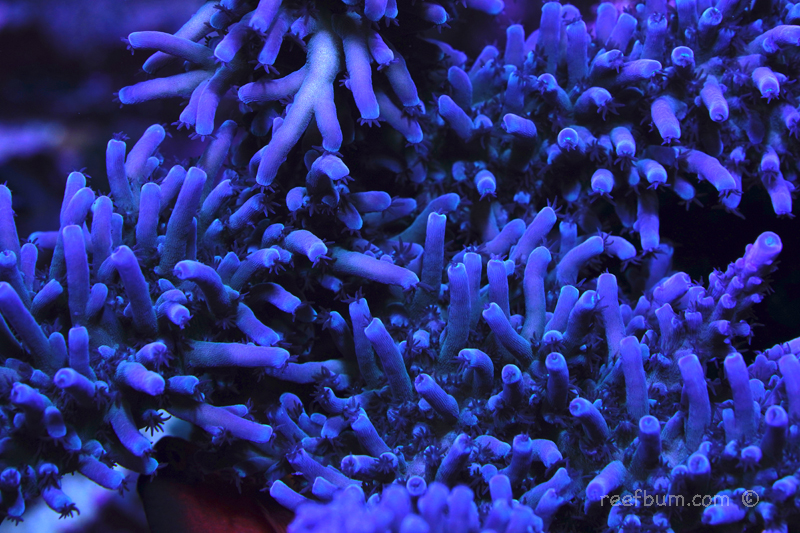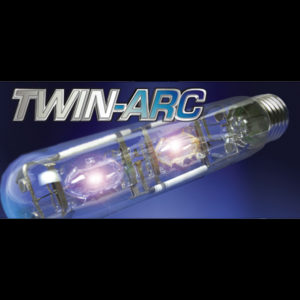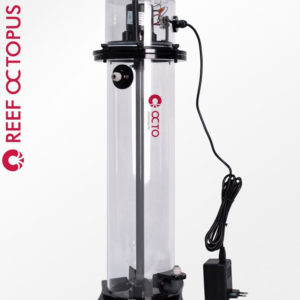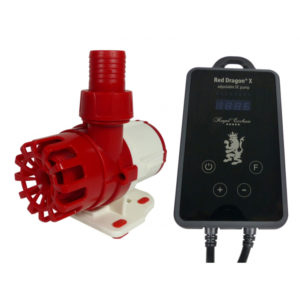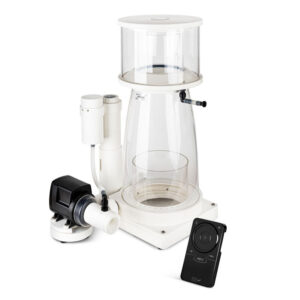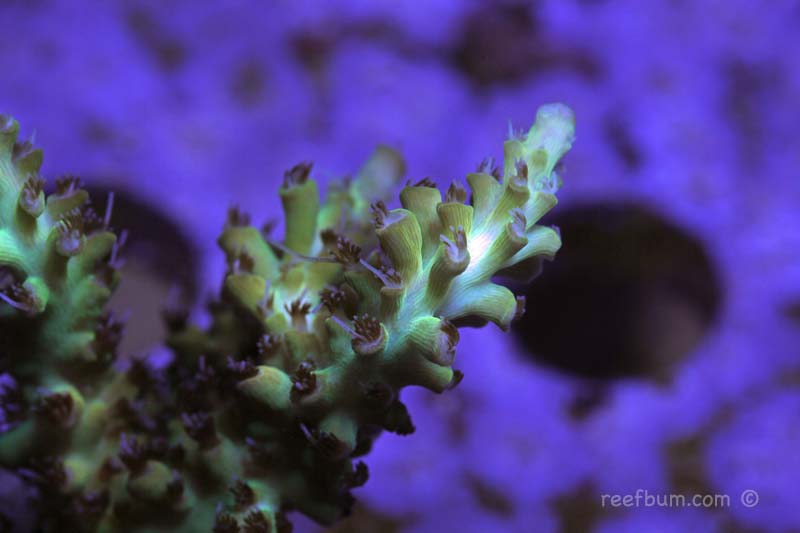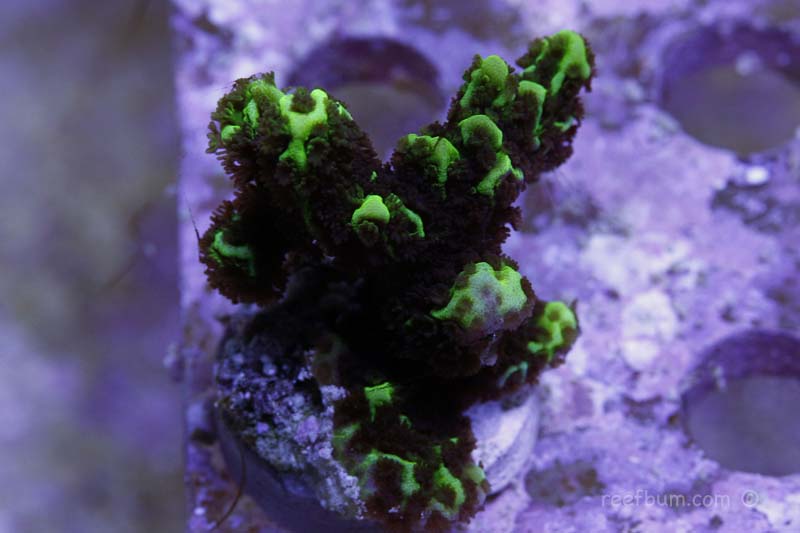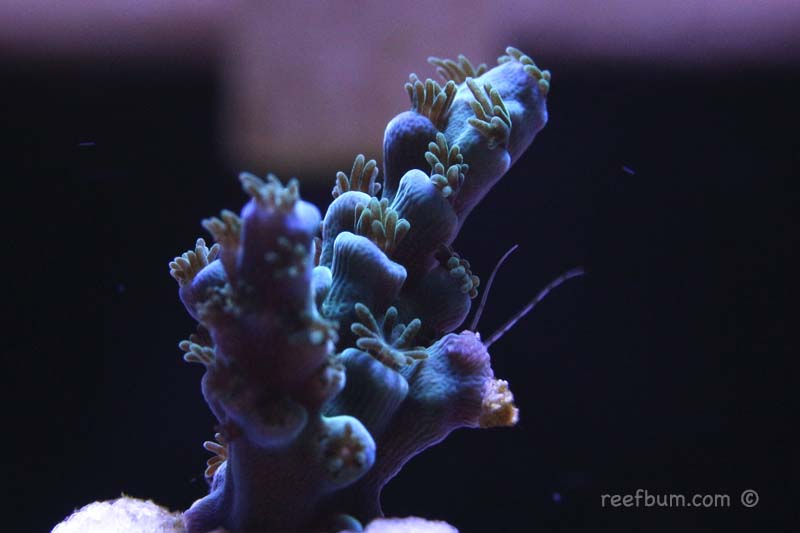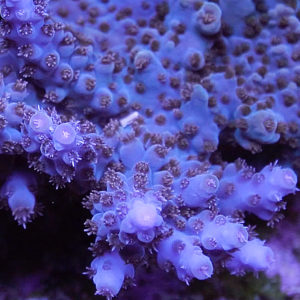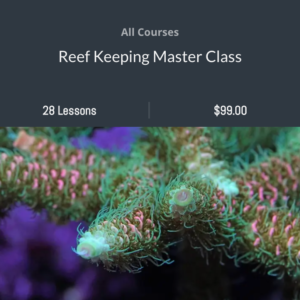When I started out in this hobby many years ago I have to admit I was clueless when it came to properly aquascaping a SPS dominant reef tank. The wall of rock I put together with my first reef, a 90 gallon aquarium, seemed like a good idea at the time but the stacked and unstable structure led me to fiddle with it numerous times, trying my patience and upsetting the delicate balance of my reef. At times is looked like a poorly constructed brick wall.
Back then the popular belief was to use 2lbs of live rock for every gallon of water. I adhered to this philosophy with my next reef, a 120 gallon tank, and used about 250 lbs of rock. My aquascaping talents improved so I did a better job placing the rock in a much more stable and natural looking reef structure.
My Aquascaping Philosophy
What’s my approach with aquascaping? Well, for a section of a reef I like to lay some relatively flat pieces of rock on the bottom of the tank as a base. It is always best to find pieces with some curvature and have this part pointing up, which provides some space underneath for flow.
I then look to add rocks on top of the base rocks that can naturally lock together. Mortar, putty and super glue can be used to help stabilize the structure. You can even drill holes in the rock and use acrylic rods to create some interesting aquascapes, although this is something you would do primarily with dry rock. Nonetheless, I can’t stress how important it is to make sure the structure is “rock-solid”. Put the time in the beginning to get it right and resist the temptation to tinker.
Give Coral Room to Grow
Getting back to my 120 gallon tank, the structure I created worked great for a couple of years but it became very apparent that I had failed to consider a couple of important things.
One was to allow room for my SPS corals to grow. When the rock was placed I was very satisfied that the tank looked full despite it not having corals. I was trying to accelerate things by seeking some instant gratification, which is something reef keepers should try to avoid. Patience is a virtue in this hobby.
Anyway, the SPS in this tank grew rather quickly and over time they started to grow together and choke the tank. I realized I should have used much less rock to allow room for corals to fill out the tank.
Another negative byproduct of having a lot of rock in this tank was the impact it had on circulation. Strong flow is vital for a reef tank and the large foundation of rock created dead spots and detritus traps that aided the buildup of nitrates and phosphates. Nuisance algae sprung up and I was constantly fighting it to keep it at bay. It ultimately led me to break down that tank and take a hiatus from the hobby.
Less is Better When it Comes to Rock
I finally got it with my next reef, a 225 gallon tank. I used approximately 100 lbs of live rock and created two islands that would have plenty of room for corals to grow. To maximize flow in the back I created a large channel between the rock islands and the back panel of the tank

I placed two re-circulating pumps in both back corners and had them facing one another, which created a nice surge and helped minimize the amount of detritus that settled in the back. This helped keep nitrates and phosphates in check.
The space between the rock and the back wall also gave me easier access to the back panel to keep it clean and allow the corals to “pop” against a black piece of acrylic siliconed to the back glass. I created a similar scape for my current 187 gallon tank. Again, I was careful not to use too much rock so the SPS would have room to grow.

Space out Corals
Another important point to consider is the distance corals are placed from one another. You must account for the growth rate of SPS corals and plan accordingly. A fast growing coral such as a branching montipora should be given a very wide berth versus other corals.
Even medium to slow growing corals such as milleporas or tenuis should be given some space. Placing them an inch or two apart is just asking for trouble down the line since they will not get the flow they need once they mature. You may also lose some corals if they touch one another….the stronger of the two will win out during this coral warfare.
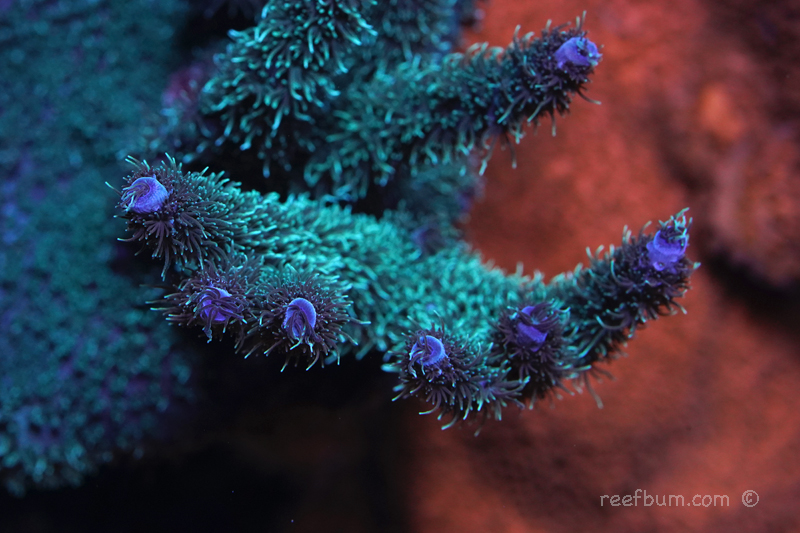
So in a nutshell, have a vision for what your tank will look like in a year or two and account for the necessary open space you will need in the beginning for both the amount of rock you use and your placement of corals.
In my experience “less is better” on many fronts when it comes to creating effective and appealing aquascapes. And don’t forget to create a stable structure when setting up the scape.
Additional Resources
If you would like some help with a new tank build, including help designing a custom aquarium, or help re-configuring your current setup then you can visit this page for more information. And if you are looking to add some equipment, I do sell GHL, Pax Bellum, Reef Octopus Calcium and Kalk Reactors and Royal Exclusiv products, including Dreamboxes, which is the equipment I use and recommend. I also sell Reef Brite metal halide and LED fixtures as well as Maxspect & IceCap Gyres.
As for additional insights and information, please explore my many other reef tank and SPS related articles as well as my YouTube channel. For an even deeper dive into reef tank care you can check out my Reef Keeping Master Class. This online course is an immersive and one of a kind educational tool designed to help reef aquarium hobbyists build and maintain a beautiful SPS reef tank. The course is a series of video presentations with some supplemental video from my YouTube channel. There are also quizzes to help students retain and understand the information presented in the course.
Need some frags…..I can help with that as well 🙂 Please visit my SPS Frag store to see what is available.

